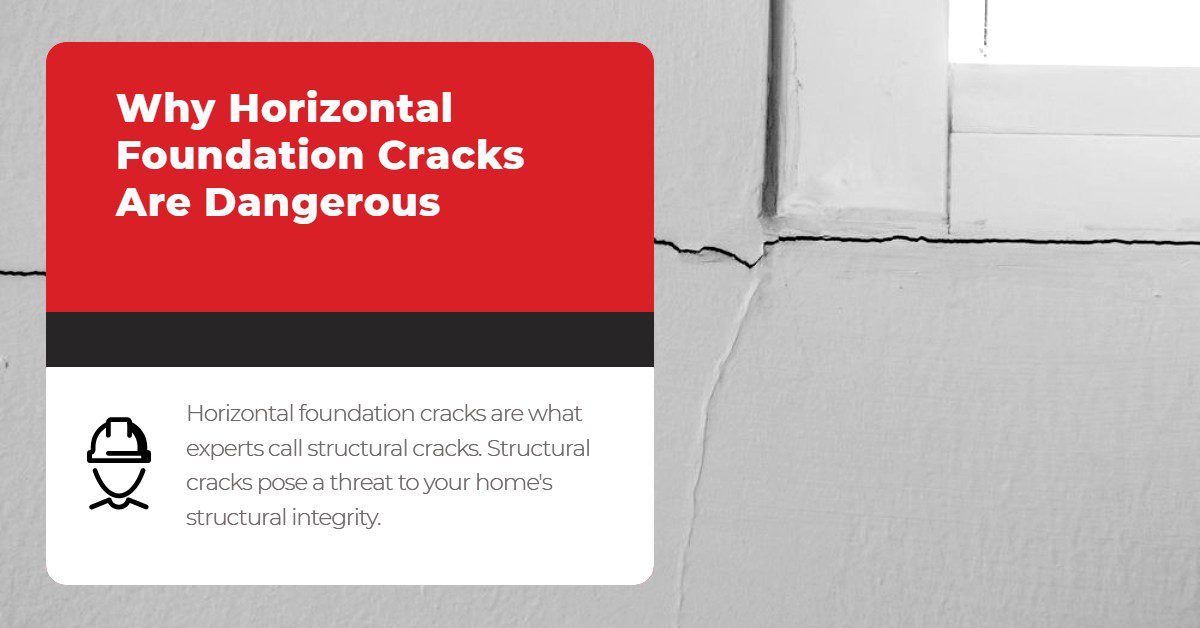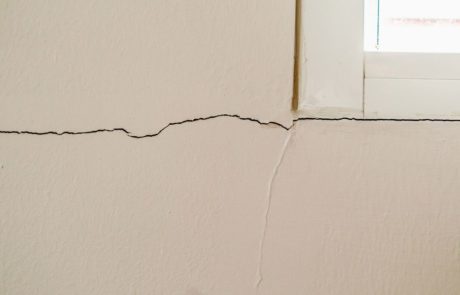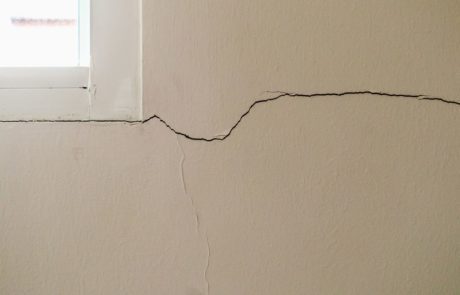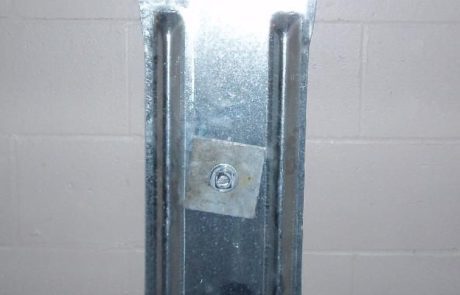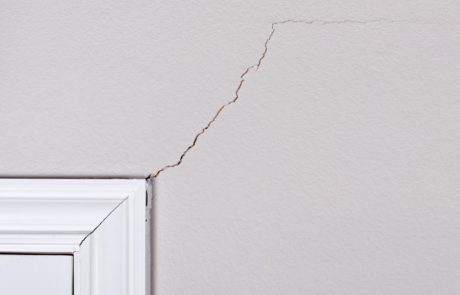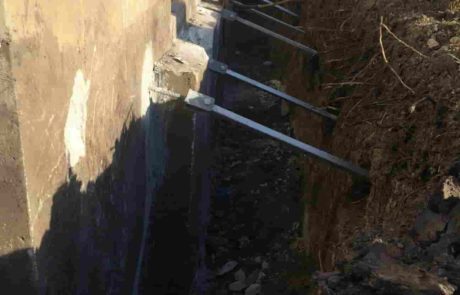Do you have horizontal foundation cracks? Did you know that they’re dangerous? This article will explain why horizontal foundation cracks are dangerous, what causes horizontal foundation cracks, other types of foundation cracks, and professional repair options.
Why Horizontal Foundation Cracks Are Dangerous
Horizontal foundation cracks are what experts call structural cracks. Structural cracks pose a threat to your home’s structural integrity. They can even allow water to leak into your basement. Horizontal foundation cracks can also be accompanied by bowing walls, and those are not good either. Overall, horizontal foundation cracks should be fixed immediately by a professional foundation repair company.
What Causes Horizontal Foundation Cracks?
Horizontal foundation cracks are usually caused by five things:
- Differential settlement – Home’s will slightly settle when they’re first built. Differential settlement is when sections of your home settle at different rates, hence the name. This type of settlement can cause your foundation to crack.
- Expansive soil – Expansive soil is dirt that grows and shrinks based on moisture content. If the soil around your foundation is expansive and is saturated with water, the growth can exert pressure on your walls and cause them to crack.
- Hydrostatic pressure – If water builds up around your foundation, and you don’t have a drainage system to collect and carry it away, it can exert pressure on your walls. If the pressure isn’t relieved, it can cause your walls to crack or bow.
- Frost heave – If the soil around your foundation freezes, it can lift up. Then, when the soil thaws, it settles back down. This up-and-down movement can form horizontal foundation cracks.
- Heavy objects – If a dump truck, construction vehicle, or any other heavy object is placed directly near your foundation for an extended period, it can form horizontal foundation cracks.
Other Types Of Foundation Cracks
There are two types of foundation cracks: structural and non-structural. Horizontal foundation cracks fall into the structural category.
Other structural cracks include:
- Cracks that are wider than 1/10 of an inch.
- Stair-step cracks in concrete block walls or brick facia.
- Vertical cracks that run side by side.
- Large diagonal cracks at the corners of your walls on both sides.
- Cracks that run across your ceiling and down your walls.
Non-structural cracks are cracks that don’t pose a threat to your home’s structural integrity. Non-structural cracks include:
- Cracks smaller than 1/10 of an inch.
- Isolated vertical cracks running from the top of your foundation wall down to the bottom.
- Crack’s that don’t change in size.
- Cracks that are isolated to a single block of concrete or brick.
- Thin cracks near wall corners, windows, floors, below I-beams, or at long sections of your foundation wall.
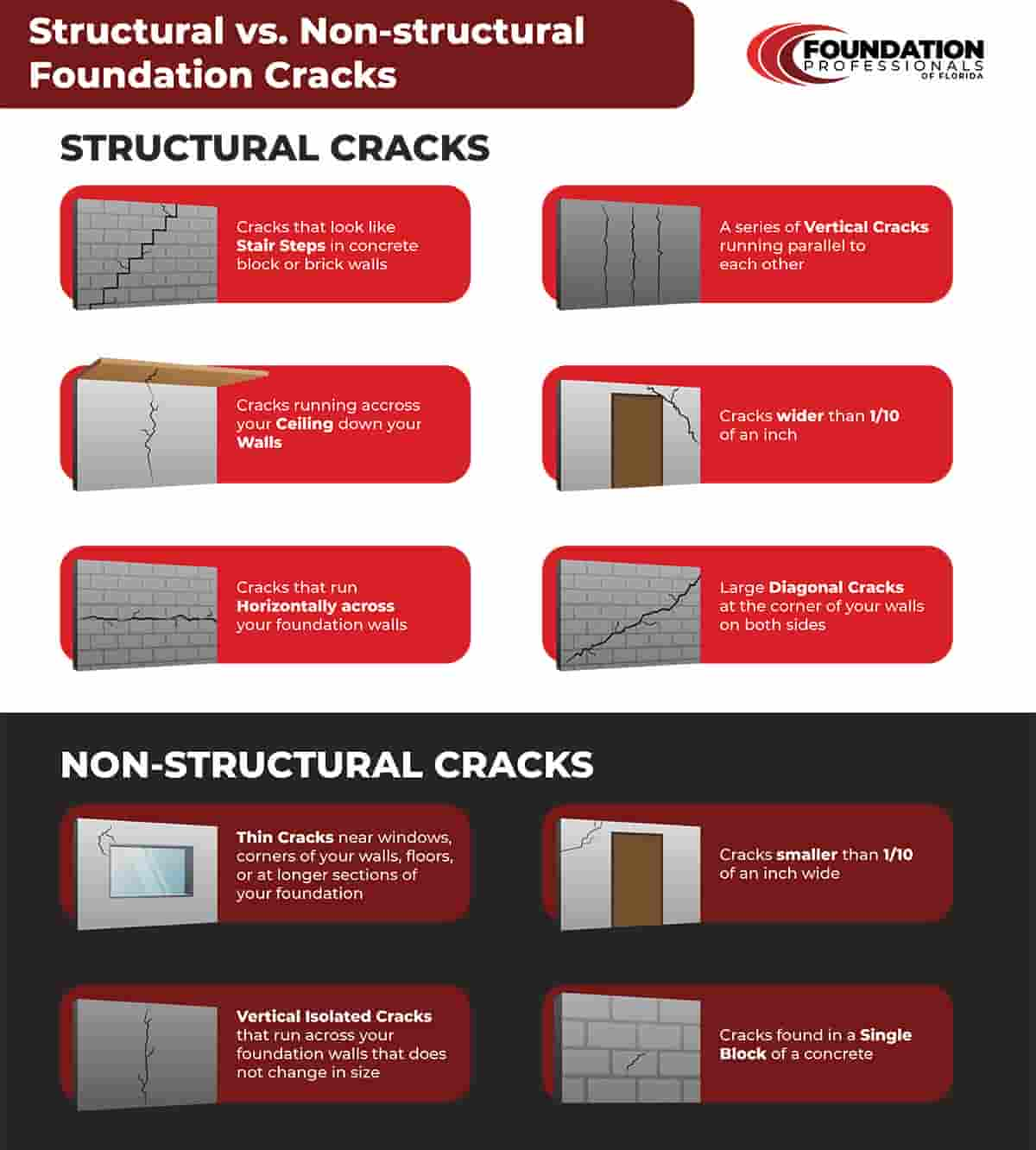
How To Repair Horizontal Foundation Cracks
Before your crack is sealed, you need to reinforce the compromised wall. If the crack was caused by pressure pushing against the foundation wall, professionals like to use four repair options: wall plate anchors, helical tieback anchors, c-channel anchors, and carbon fiber straps.
Wall plate anchors – Wall plate anchors are designed to stop the inward movement from a bowing wall. The system works in four parts.
1. An inside wall plate is attached to your bowing/leaning wall.
2. An anchor is placed outside in a trench at least 10 feet away from your wall.
3. A threaded high-strength rod that connects the anchor to the plate.
4. The plate is torqued until it pulls your bowing wall outward.
Helical tieback anchors – Helical tieback anchors are screwed into the soil from inside your foundation wall. This system only uses two parts.
1. An inside wall plate is attached to the bowing/leaning wall.
2. A corkscrew-like anchor is drilled into the soil and twists, straightening your wall.
C-channel anchors – C-channel anchors are usually used for sheering walls (walls where the top has moved inward but the bottom has stayed put). C-channel anchors work in four steps.
1. A steel beam is attached to the affected wall.
2. An anchor is placed in a trench at least 10 feet away from your wall.
3. A threaded high-strength rod connects the steel beam and outside anchor.
4. The steel beam is anchored to your footer, securing it to your foundation wall.
Carbon fiber straps – Carbon fiber is a virtually unbreakable fabric material. These straps work in three steps.
1. A galvanized bracket is anchored to the top of your house frame above your foundation.
2. A carbon fiber strap is attached to the bowing/sheering wall using epoxy and hundreds of epoxy rivets.
3. The straps are anchored to your foundation footer.
After the wall is stabilized, you can now seal the crack using an epoxy injection. This will waterproof and reinforce your foundation wall. Read about preventing cracks from occurring in this article titled: Why Landscaping Around The Foundation Of Your House Is Important.
Who’s Repairing Horizontal Foundation Cracks Near You?
Call Foundation Professionals of Florida today! We’re an award-winning and top-performing company servicing Florida, Georgia, Alabama, Mississippi, Louisiana, Tennessee, Kentucky, North Carolina, South Carolina, Virgin Islands, and the Florida Keys. Besides foundation repair, we provide basement waterproofing, crawl space repair, slab lifting, and more. Schedule an appointment now!

